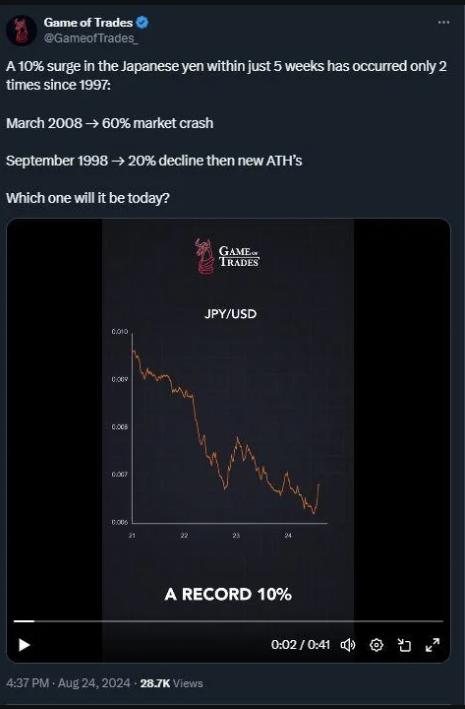- A recession is coming even if interest rates come down, according to BCA Research chief strategist Garry Evans.
- “We see signs that the economy is turning down,” Evans said, pointing to labor market indicators.
- Fed chair Jerome Powell said Friday that “the time has come” to cut rates.
…
“Every single one of us now believes there’s a recession, and that’s exactly the opposite of what the market believes,” Evans said in a Thursday interview with CNBC.
“There’s a very strong narrative out to the market that we’re facing a soft landing. We don’t believe that. We see signs that the economy is turning down,” he added.
Evans pointed to the labor market in particular as a source of concern.
Revised jobs data released by the Labor Department on Wednesday showed the US added 818,000 fewer jobs between April 2023 and March 2024 compared to initial figures.
….
- A recession looks likely for the US economy by early 2025, Steve Hanke says.
- He says that’s evident in the contraction in the money supply, a signal seen only four times since 1913.
- A contraction in the money supply was followed by a recession or depression in every instance.
The US economy is poised to enter a recession, as evidenced by a rare economic indicator with a perfect track record of signaling a downturn, the top economist Steve Hanke says.
The Johns Hopkins professor issued a bearish outlook on the US economy in an interview with the wealth advisory firm Wealthion on Tuesday. Hanke said his forecast was tied to a troubling backdrop for the US on a big-picture level, pointing to the contraction in the money supply, or the total stock of money flowing around the economy.
M2, one type of the money supply, boomed during the pandemic amid loose monetary policy but has fallen over the past few years. The total stock of M2 money supply was about $21 trillion in June — 3% lower than its peak in 2022, when the money supply measured at about $21.7 trillion, according to Federal Reserve data.
2008 or 1998: which one is the most likely scenario?
